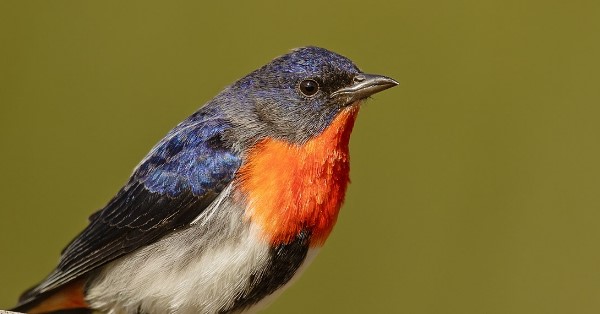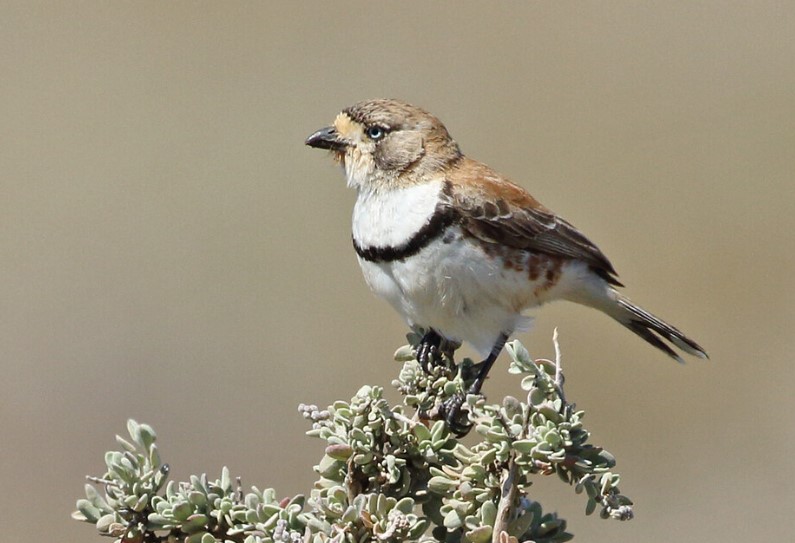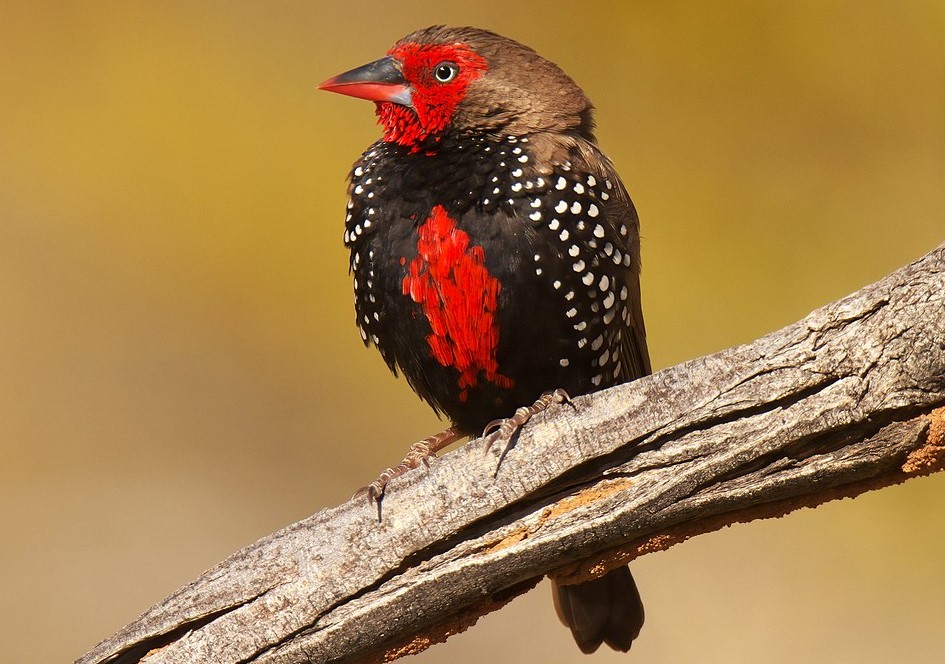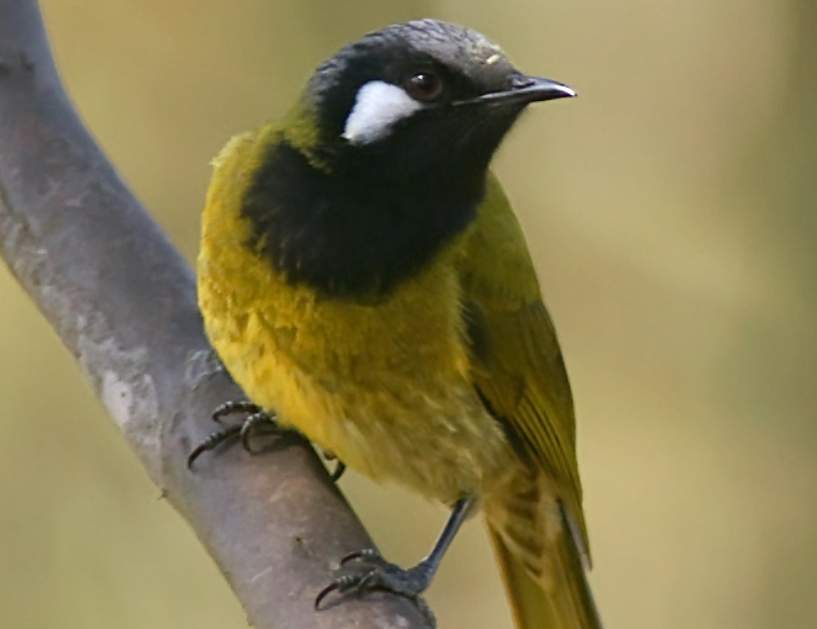The lives of the Mistletoebird and mistletoes are inextricably linked. The bird mistletoebird (Dicaeum hirundinaceum) is Australia’s only member of a widespread tropical family of flowerpeckers that feed almost exclusively on the fruits of mistletoes. It, in turn, is the basic disseminator of the plants within Australia. Mistletoebird call is high-pitched, sharp, whistled szit or dzee in contact, often in light. Moreover, the song consists of 2 or 3, rising and falling whistled notes-witu-witu, tzee-zit, tsew-wit-zit-givenfrom vantage perch.
The seed and accompanying flesh are squeezed with the bill and swallowed. The seeds are soon defaecated-within 25 to 60 minutes after ingestion and are very viscid, adhering to any surface. Almost all seeds germinate and if these have lodged on compatible host trees or shrubs, a mistletoe plant may establish. There are more than 1300 species of mistletoe around the world and nearly 100 species are found in Australia. The most common variety in drier climates is the grey mistletoe (Amyema quandang).
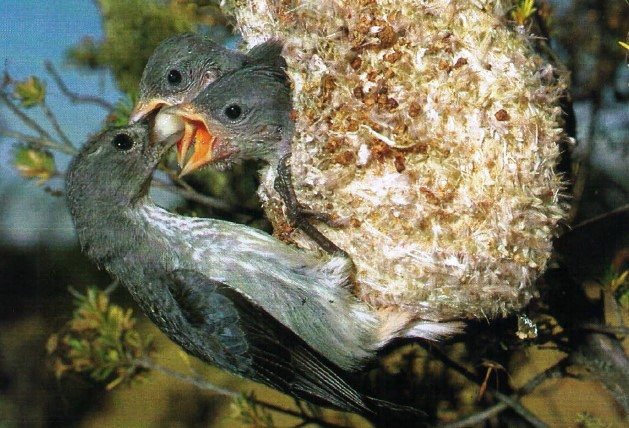
The digestive systems of the Mistletoebird and other flowerpeckers are adapted to the specialized diet of mistletoe fruits: the stomach has become a blind sac able to digest little else than a few insects and the alimentary canal facilitates the quick passage of seeds. Just as mistletoes set fruit at different times in different areas, so Mistletoebirds are locally nomadic. It is also known as a mistletoe flowerpecker and Australian Flowerpecker.
They forage alone and fly from one clump of mistletoe to the next in high bullet-like flight among and over the tops of trees, often calling as they go. The birds do take other fruit and insects but only rarely. A female Mistletoebird is feeding a chick on a mistletoe berry. Both parents feed the young. Nesting in pairs, the female builds and incubates unaided and both parents feed the young. First fed on insects, young are weaned onto mistletoe drupes for several days. The life span of Mistletoebird is about 6 to 7 years.
The size of a Mistletoebird is about 100-110 mm in length and weighs 8 to 11 g. The male bird’s upper parts are glossy blue-black. Chin, throat, and undertail covert are scarlet; breast and belly are grey-white with a broad central black streak. Their eyes are dark brown. Bill and feet are black. Female bird upper parts are plain grey-brown. Underparts plain off-white; undertail coverts pale scarlet. Bill and feet are dark horn-grey. The immature bird is an orange bill and gape.
Nesting and breeding season occurs in October-March. Nest a neat, downy, hanging purse, with a narrow side entrance; of plant down matted with cobweb and covered with dried flowers, lichens, and insects; suspended from a horizontal twig in foliage, up to 8-10 meters above ground.
Mistletoebird bird lays usually three eggs, which are plain white; oval, and about 17 x 11 mm. Incubation responsibilities are done by females. The chick fledge in about two weeks. Mistletoebirds are found throughout mainland Australia. Also islands in the Arafura Sea. There are four races, but only one is found in Australia.
Read More: White-fronted Chat – A Birdwatcher’s Dream Come True
